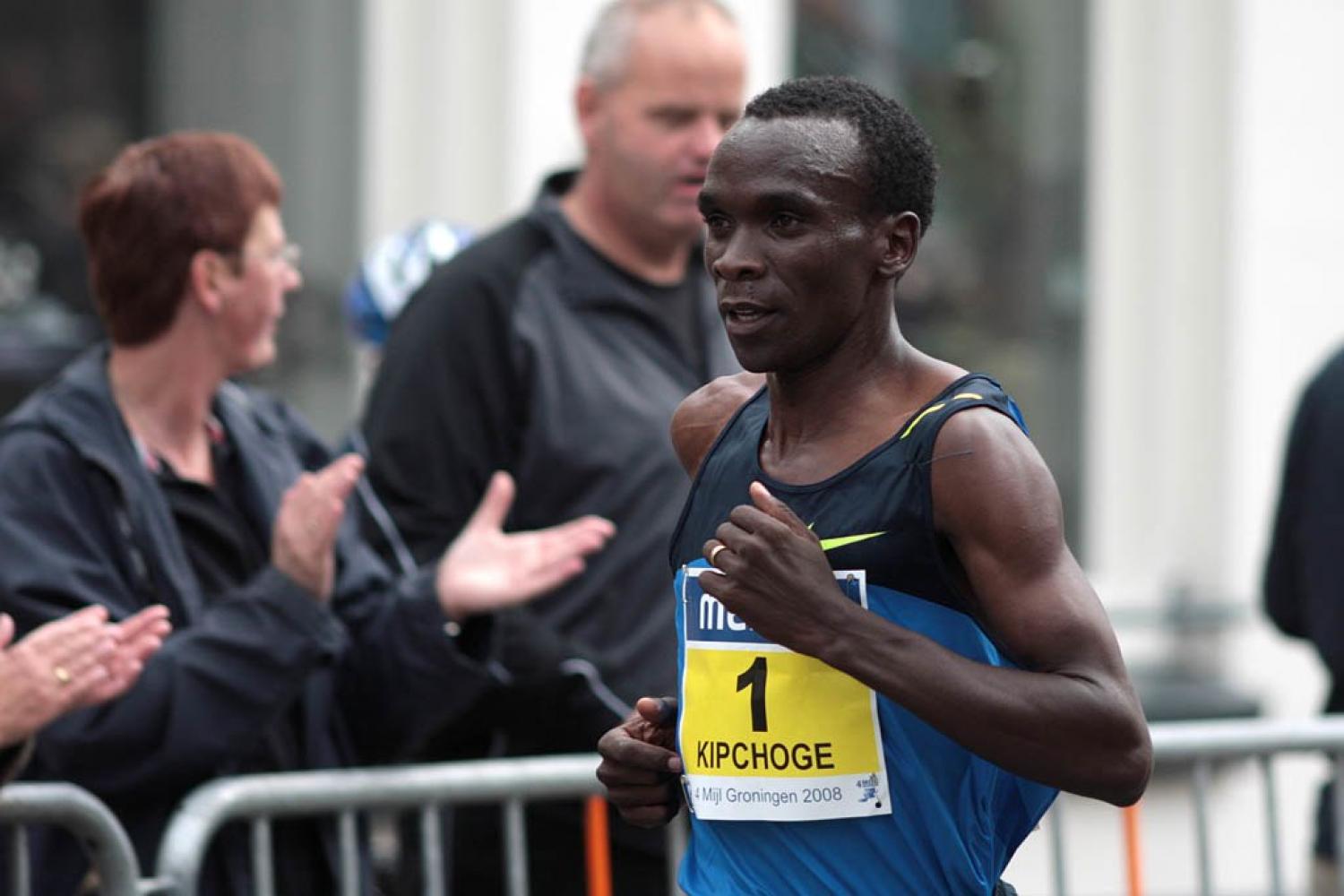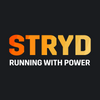Dr. Kristine Snyder of Stryd is a Consultant for the Scientific Team Supporting Eluid Kipchoge’s Attempt at the INEOS 1:59 Challenge

Eliud Kipchoge will be the center of the running world this week as he participates in the INEOS 1:59 Challenge as he attempts to be the first person to run a marathon in less than two hours. Dr. Kristine Snyder, Stryd’s Human Movement Algorithm Designer, used her expertise as a consultant for the INEOS 1:59 Challenge and contributed to a published study that evaluated how the course design affects a runner of Eluid Kipchoge’s capability to break the two hour barrier. You can find Dr. Snyder’s full study titled, The effects of course design (elevation undulations and curves) on marathon running performance: an a priori case study of the INEOS 1:59 Challenge in Vienna, on SportRxiv.
The Stryd Team is proud of Dr. Snyder’s contribution to the INEOS 1:59 Challenge. Her work has been helpful to planning and enhancing Eluid Kipchoge’s running path during his attempt of breaking the 2 hour marathon. The Stryd Team will be tuned in to watch the event. If you are interested in watching the event in real time, you should tune into the INEOS 1:59 Challenge live stream on Youtube.
"For someone who grew up in a marathon town (Duluth, MN), getting to be involved in projects like this is something the little girl cheering for elites flying by never could have dreamed of." - Dr. Snyder
Dr. Snyder’s work, which focused on the actual calculation of oxygen consumption with speed and vice versa, focused on evaluating two key components of the course:
- The change in oxygen cost of undulations in the elevation compared to a perfectly flat course
- The additional oxygen cost of running around curves for turnarounds points compared to a perfectly straight course
"The whole reason I started graduate school at CU 15 years ago was to scientifically understand running and to use that understanding to help people, from those coming off the couch to elites like Kipchoge, run their best. Work like this allows me to do that.” - Dr. Snyder
Evaluating the cost of undulations in elevation
A perfectly flat course is easier to run fast on compared to an undulating course because you do not extract as much benefit from a downhill segment compared to the cost of running up an uphill. Therefore, it is important to limit as much undulation in the course if running as fast as possible is the goal.
The study used an altimeter to precisely measure the undulations on the course. The study determined that the undulations in the course’s elevation profile cost 4.1 seconds extra compared to a running on a perfectly flat course by evaluating the oxygen savings from running downhill vs oxygen cost of running uphill on the course.
“I love math that is useful, math with a purpose. This project allowed me to apply my mathematical abilities to what might be the biggest moment in my favorite sport in my lifetime,” - Dr. Snyder
Evaluating the cost of running around curves
In order to maximize spectator visibility and exposure, the course was chosen to be condensed into an area suitable for spectators to line the outside of the course. In order to fit 26.2 miles road into a small area, turnaround points are used to direct the runners by the crowd many times. However, the curves come with an additional cost since they are not as easy to run around compared to covering the area on a straight road. The reason why curves are harder to run around are due to the centripetal forces exerted on the runner making the turn. Therefore, the turnaround points must be designed in a way that limits the effects of centripetal forces (and additional metabolic costs) of rounding them.
The study used Google Maps to measure the curvature of the turnaround points on the course and evaluated the metabolic costs it would take to round these turnaround points relative to a straight course.
The curvature of the course only costs a runner of Kipchoge’s caliber 0.49 seconds extra compared to running on a perfectly straight course.
"I don't have the physiology to run like Kipchoge, or even his female equivalent, but maybe my code can increase his chances of making history." - Dr. Snyder
The effect of wind
While the study Dr. Snyder worked on evaluated the effect of undulations and curves, it did not take into account the effect of relative wind speed on oxygen consumption, the latest innovation in Stryd’s offerings. Undulations lead to at most a 2% change in oxygen consumption for the majority of this course, whereas drafting could potentially save at least 6% throughout the course. While Dr. Snyder worked some with him on the benefits of drafting early in the project, and continues her work on cooperative drafting strategies, Robby Ketchell is the creator of the drafting innovations. He used computer simulations and wind tunnel data to determine an optimal formation to maximally reduce Kipchoge’s oxygen consumption, by his estimate as much as 1 minute, 52 seconds. Those calculations add up to a ~1:59:52. Based on his calculations, wind/drafting is clearly an important factor in pacing strategies and breaking records.
For more detailed information on Robby’s innovations, please see the following article:
https://www.newyorker.com/sports/sporting-scene/inside-the-race-to-break-the-two-hour-marathon-eliud-kipchoge
Summary
The study concluded that the course chosen for the INEOS 1:59 Challenge is only ~4.5 seconds slower than a flat, level marathon course as a result of the additional cost of undulations in elevation and cost of running around curves. This additional cost accounts for less than 0.06% less than the total time needed to break the record which means that it is very close to the ideal course. With the innovations in drafting strategies, with the chosen course, the INEOS team has set up Eliud Kipchoge with his best chance to run a 1:59:59 or below. We at Stryd believe in Eliud, and wish him the best of luck!

